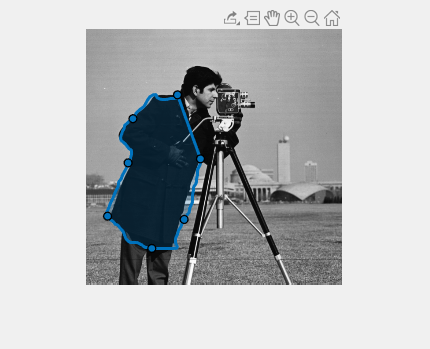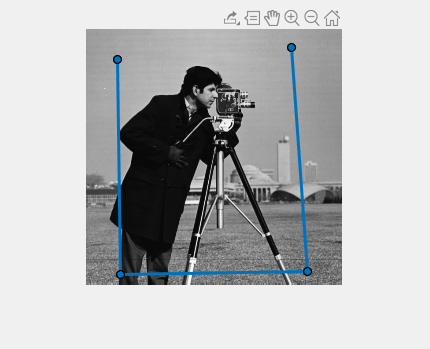reduce
Reduce density of points in ROI
Description
reduce( reduces the number of points that
define the region-of-interest ROI)ROI. The ROI object stores the point
array in the Position property. reduce replaces the
original value of the Position property with the reduced value.
The reduce method calls the reducepoly function
which uses the Ramer–Douglas–Peucker line simplification algorithm. This algorithm removes
points along a straight line and leaves only knickpoints (points where the line
curves).
Examples
Input Arguments
Algorithms
The Ramer–Douglas–Peucker line simplification algorithm recursively subdivides a shape
looking to replace a run of points with a straight line. The algorithm checks that no point in
the run deviates from the straight line by more than the value specified by
tolerance.
Version History
Introduced in R2019b

